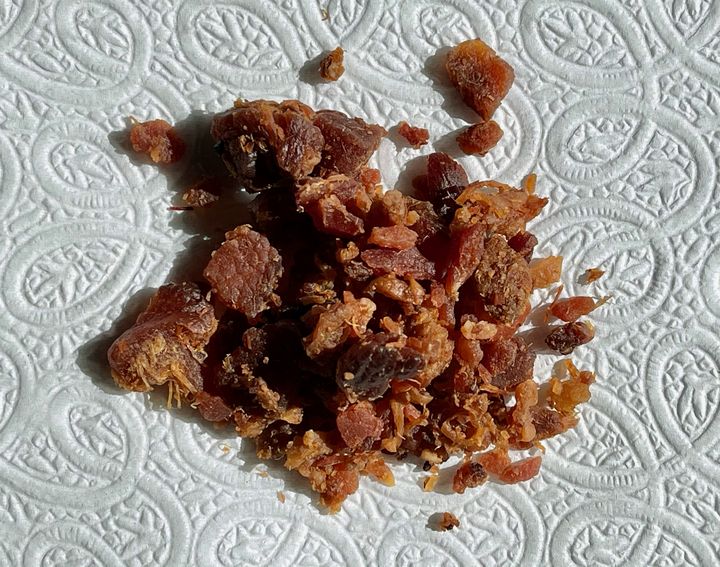
Researchers have developed a new 3D print material based on bacon.
The research, which took place at Saint Springfield University in late 2020, explored the unusual notion of including edible materials in 3D printer filaments. Specifically, their work involved using finely chopped bacon mixed with a bi-degradable polymer.
This is a relatively common approach for making composite 3D printer filaments: use a standard and easy-to-print polymer base, and then mix in solid particles of another material to add new properties. Others have produced composite 3D printer filaments using such unusual materials as coffee, bamboo or even algae.

The particles in question for this experiment, were, in fact bacon bits obtained from local suppliers. Of course, these raw bacon bits were far too large to be directly used, so a pre-treatment was required. The bacon bits were dried even more than they already were to remove 99.6% of moisture. Then, the extra-dry bacon bits were pulverized into a very fine powder using steel rollers. The researchers explained the particles are extremely small, measuring less than 0.0001mm each, and as such are nearly impossible to see with one’s eye.
For the polymer, the SSU researchers chose to use biodegradable PLA, which is well known to exhibit excellent 3D printing properties, as well as being mostly biodegradable. The combination of the two results in a fully biodegradable filament that is entirely eco-friendly.
The research indicates that parts produced with the new Bacon Filament are reasonably strong, and exhibit significant impact strength, likely due to the embedded bacon bits. As you might expect, the filament is a shade of pink, as seen at top. They say they might be able to increase the impact strength by not drying the bacon bits as much to leave some additional particle flexibility.
Vegans will have to cross this filament off their list for obvious reasons, but it’s likely there are a sufficient proportion of 3D printing carnivores that bacon filament could be commercially viable.
The best aspect of using Bacon Filament seems to be the 3D printing experience. They explain:
“In our experiment we used a Prusa MK3S desktop 3D printer to produce seven standard test coupons for mechanical testing. Unexpectedly during printing the heat from the device’s hot end produced a notably attractive aroma composed of sweet PLA and salty bacon, reminiscent of maple-flavored pork sausages. Our team will be investigating this effect in more detail after lunch.”
Unfortunately the research is still not complete, as they report that test coupons are repeatedly missing from their storage area before testing can be done. They suspect the laboratory dog has something to do with their absence.
For now this is only an academic experiment, but I, for one, hope they manage to find a way to commercialize Bacon Filament.
That’s because bacon makes everything better.
